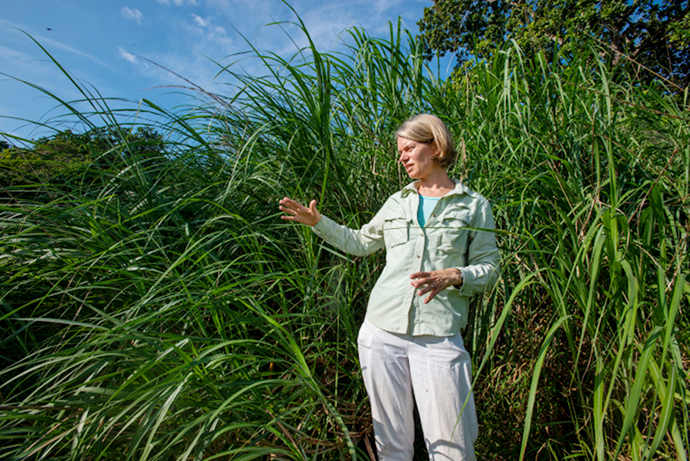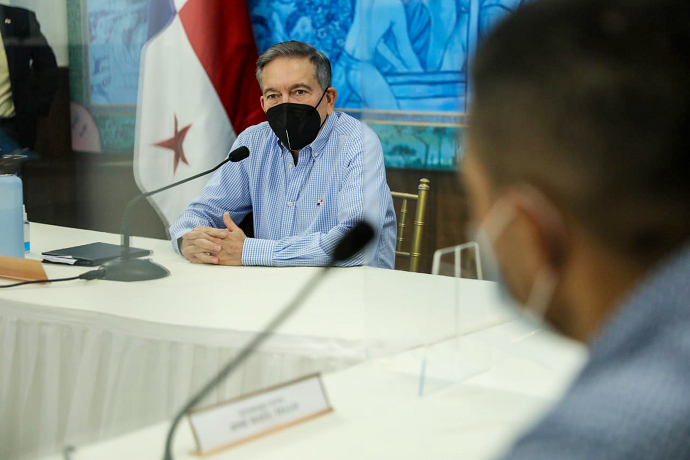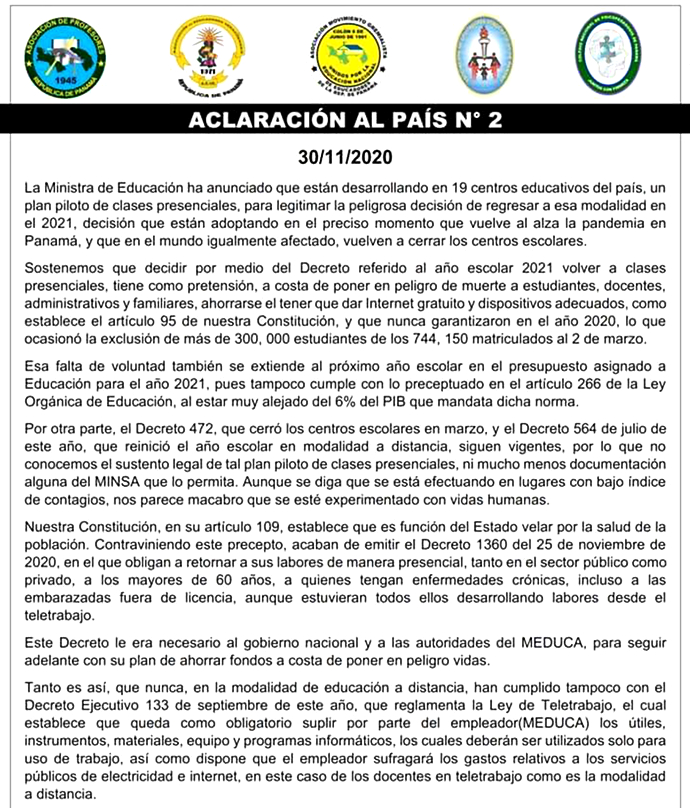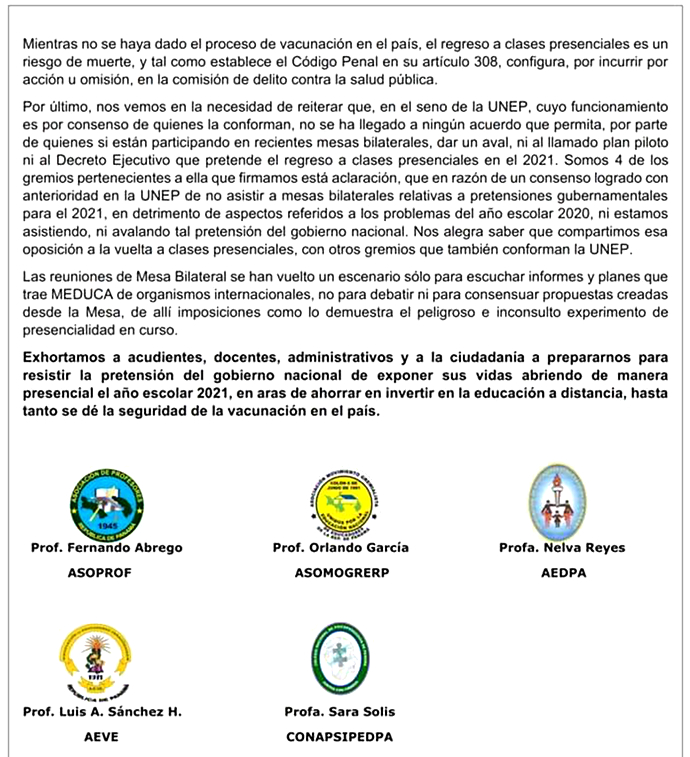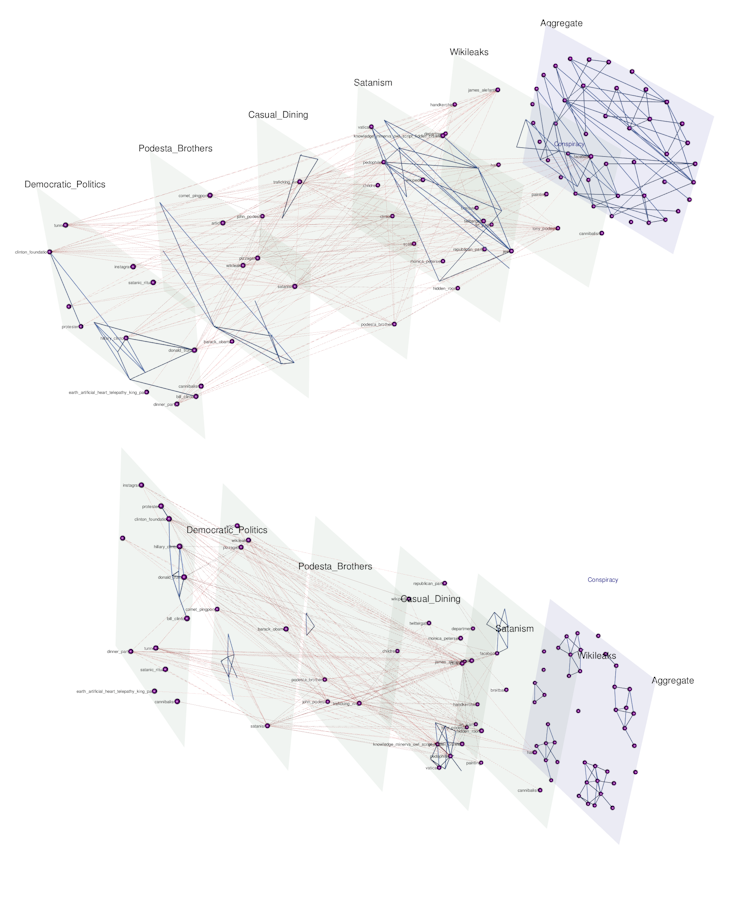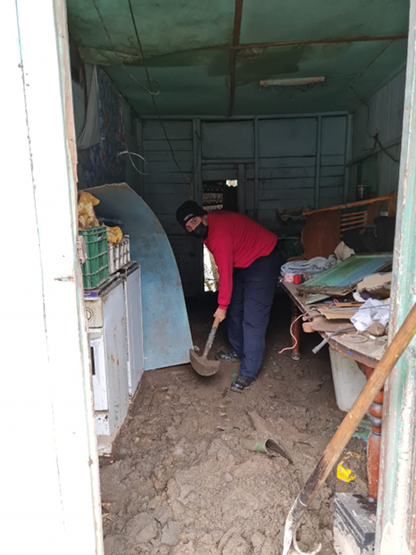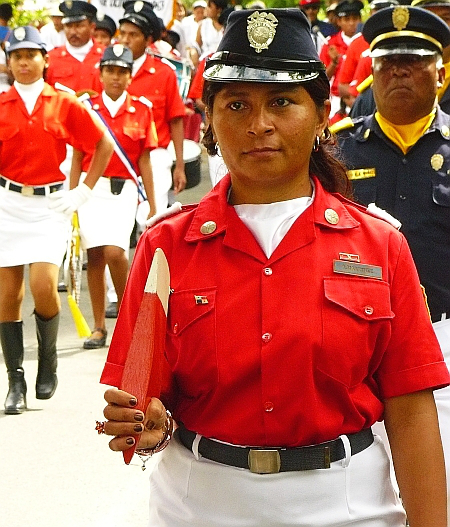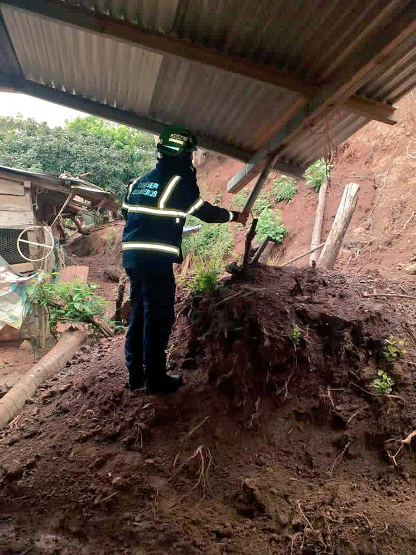1933 was the historical benchmark, but 2021 will be a much different situation. Standing behind President Roosevelt — an upstate New York oligarch of whom the left of his time expected little positive — was Frances Perkins, the first woman to ever hold a US cabinet post.
Biden’s first 100 days
by Bernie Sanders
At a time when the president of the United States is waging an unrelenting war against democracy; when we are experiencing the worst public health crisis in 100 years; when climate change is threatening the planet with massive destruction; and when systemic racism continues to rear its ugly and murderous head — we cannot forget another catastrophic reality.
The working class of America is experiencing more economic devastation today than at any time since the Great Depression of the 1930s.
As a result of the pandemic, tens of millions have lost their jobs, incomes and health insurance. Hunger is at its highest level in decades. Over 500,000 Americans are homeless, and 30 million more face eviction. And, in the midst of this murderous pandemic, more than 90 million of our people are uninsured or under-insured and cannot afford to go to a doctor when they get sick.
While the “official” unemployment rate is now 6.9%, the truth is that one out of every four U.S. workers in October was either unemployed or earned a starvation income of less than $20,000 a year. And as bad as the economy has been in general, it has been far worse for African Americans and Latinos. During the pandemic, nearly 60% of Latino families and 55% of African American families have either experienced a job loss or a pay cut.
Meanwhile, as millions live in fear and economic desperation, the pandemic has not been financially unkind to all. In fact, some of the very richest people in the country are becoming much richer as we now witness a massive increase in income and wealth inequality. Incredibly, over the past eight months, 650 billionaires have seen their wealth go up by over $1 trillion.
But let’s be clear. Growing income and wealth inequality and the decline of the working class is not a new phenomenon attributable to the pandemic. It is an economic trend that has been going on for a very long time.
Despite an explosion in technology and a huge increase in productivity, the average American worker is making $30 a week less than he or she did 47 years ago after adjusting for inflation. While the cost of housing, childcare, health care, prescription drugs and other basic living expenses have been soaring, wages have actually gone down.
Further, since 1990, there has been a massive transfer of wealth from the bottom of the economy to the top. While the top 1% have seen their wealth go up by $22 trillion, the bottom 50% of Americans have seen their wealth go down by $776 billion. Incredibly, if income inequality had remained the same as it was in 1975, the average worker in America would be making $42,000 more today.
These are unprecedented times, and Congress and the Biden administration must respond in an unprecedented way. If we are going to restore faith in government to the millions of Americans who are living in deprivation and despair, we must act boldly. If we are going to provide hope to those who have given up on democracy and are looking to authoritarianism for their future, we must act boldly.
As a US Senator from Vermont, I am going to fight for the strongest pro-worker agenda possible. Here are some of the proposals that should be addressed within the first 100 days of the Biden administration which would not only go a long way to improving life for working families, but would begin to restore the belief that, in a democratic society, government can represent their needs.
Emergency COVID Economic Stimulus Package: Congress must immediately pass legislation to provide $600 a week in supplemental benefits to all unemployed Americans, $2,000 a month to the working class, support for small businesses and state and local governments, and guarantee health care to all until the pandemic is over.
A $15 minimum wage: We must raise the minimum wage to at least $15 an hour over the next 4 years and index it to median wage growth every year after that. Increasing the minimum wage to $15 an hour will raise the wages of nearly 40 million Americans.
Expanding Unions: If we are going to expand the middle class in America, we must make it easier for workers to join unions, engage in collective bargaining and end the heavy-handed corporate tactics that make it hard for workers to unionize in America.
Create jobs by rebuilding America and saving our planet: Congress must pass legislation to create millions of good-paying jobs by rebuilding our crumbling infrastructure — our roads, bridges, sidewalks, schools, and water systems — and by building the millions of units of affordable housing we desperately need.
Further, as we lead the world in combating the existential threat of climate change, we can create millions more jobs. Congress must make massive investments in wind, solar, geothermal, electric vehicles, weatherization, and energy storage.
Equal Pay for Equal Work: We must end the absurdity of women in America making 80 cents on the dollar compared to men.
Paid Family and Medical Leave: The United States cannot remain the only major nation on earth not to guarantee paid family and medical leave. We must guarantee at least 12 weeks of paid family and medical leave.
Expanding Health Care: As we move forward to guaranteeing health care to all Americans as a human right, Congress must pass legislation to lower the eligibility age for Medicare from 65 to 55, provide universal coverage to all children and expand Medicare to cover dental care, eyeglasses and hearing aids. We must also greatly expand primary and mental health care by doubling funding for community health centers.
Congress must also have the courage to take on the collusion, price fixing and greed of the pharmaceutical industry, and make sure that Americans no longer pay, by far, the highest prices in the world for prescription drugs.
Universal Pre-K and Childcare: In order to address our dysfunctional early childhood education system, Congress must pass legislation to provide universal pre-K for every 3- and 4-year-old in the country and greatly expand childcare.
College for All: If we are to have the best-educated workforce in the world, Congress must pass legislation to make public colleges, universities, HBCUs and trade schools tuition-free and cancel all student debt for working class Americans.
Criminal Justice Reform: We must aggressively attack systemic racism, the failed “war on drugs,” and a broken criminal justice system. We must invest in jobs and education for young people in our distressed communities, not more jails and incarceration.
Immigration Reform: We must end the vicious xenophobia which now exists, restore legal status to the 1.8 million young people in the DACA program and move aggressively to comprehensive immigration reform and a path toward citizenship for the undocumented.
Income and wealth inequality: Lastly, when the top 1% own more wealth than the bottom 92%, and when income and wealth inequality is worse today than at any time since the 1920s, Congress must pass legislation which ensures that the wealthiest Americans start paying their fair share of taxes. A good start would be raising up to $600 billion by taxing the obscene wealth gains billionaires have made during the pandemic.
Sisters and brothers, this is an agenda worth fighting for. But it is going to require all of us to get it done.
Contact us by email at fund4thepanamanews@gmail.com
To fend off hackers, organized trolls and other online vandalism, our website comments feature is switched off. Instead, come to our Facebook page to join in the discussion.
These links are interactive — click on the boxes









